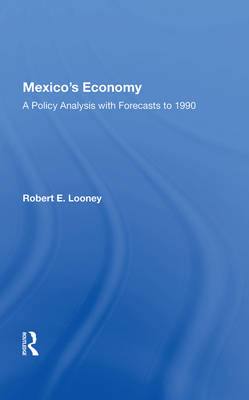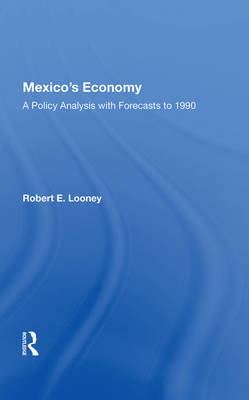
- Afhalen na 1 uur in een winkel met voorraad
- Gratis thuislevering in België vanaf € 30
- Ruim aanbod met 7 miljoen producten
- Afhalen na 1 uur in een winkel met voorraad
- Gratis thuislevering in België vanaf € 30
- Ruim aanbod met 7 miljoen producten
Zoeken
€ 182,45
+ 364 punten
Omschrijving
In the spring of 1976, I had the privilege of serving on a Stanford Research Institute team engaged in examining various facets of the Mexican economy. That study provided the opportunity to visit many government ministries and talk with some of Mexico's leading economists. These professional experiences stimulated me to undertake full-scale research on the growth potential of the Mexican economy, a subject in which I had long been interested and on which I had written from time to time, beginning with my book Income Distribution Policies and Economic Growth in Semi-Industrialized Countries: A Comparative Study of Iran, Mexico, Brazil, and South Korea. 1 The present volume might be regarded as the culmination of this endeavor. The methodological approach here is partly descriptive and partly empirical-illustrative formal models are built on both qualitative and theoretical foundations. To sharpen the issue and put the Mexican economy in perspective, international comparisons are made through-out.
Specificaties
Betrokkenen
- Auteur(s):
- Uitgeverij:
Inhoud
- Aantal bladzijden:
- 270
- Taal:
- Engels
Eigenschappen
- Productcode (EAN):
- 9780367020293
- Verschijningsdatum:
- 13/09/2019
- Uitvoering:
- Hardcover
- Formaat:
- Genaaid
- Afmetingen:
- 152 mm x 229 mm
- Gewicht:
- 430 g

Alleen bij Standaard Boekhandel
+ 364 punten op je klantenkaart van Standaard Boekhandel
Beoordelingen
We publiceren alleen reviews die voldoen aan de voorwaarden voor reviews. Bekijk onze voorwaarden voor reviews.











